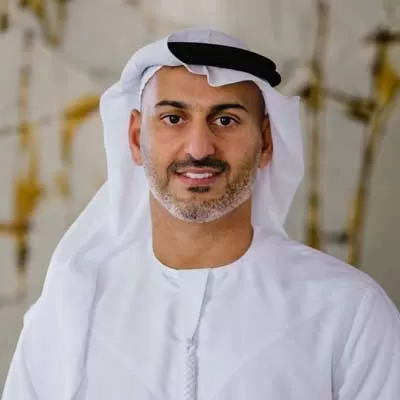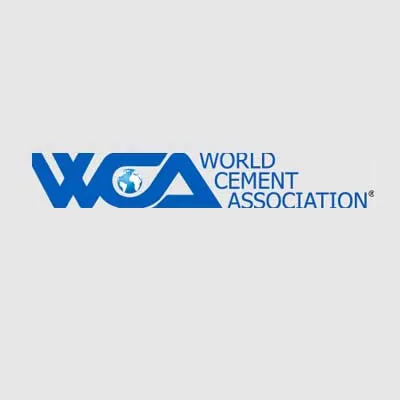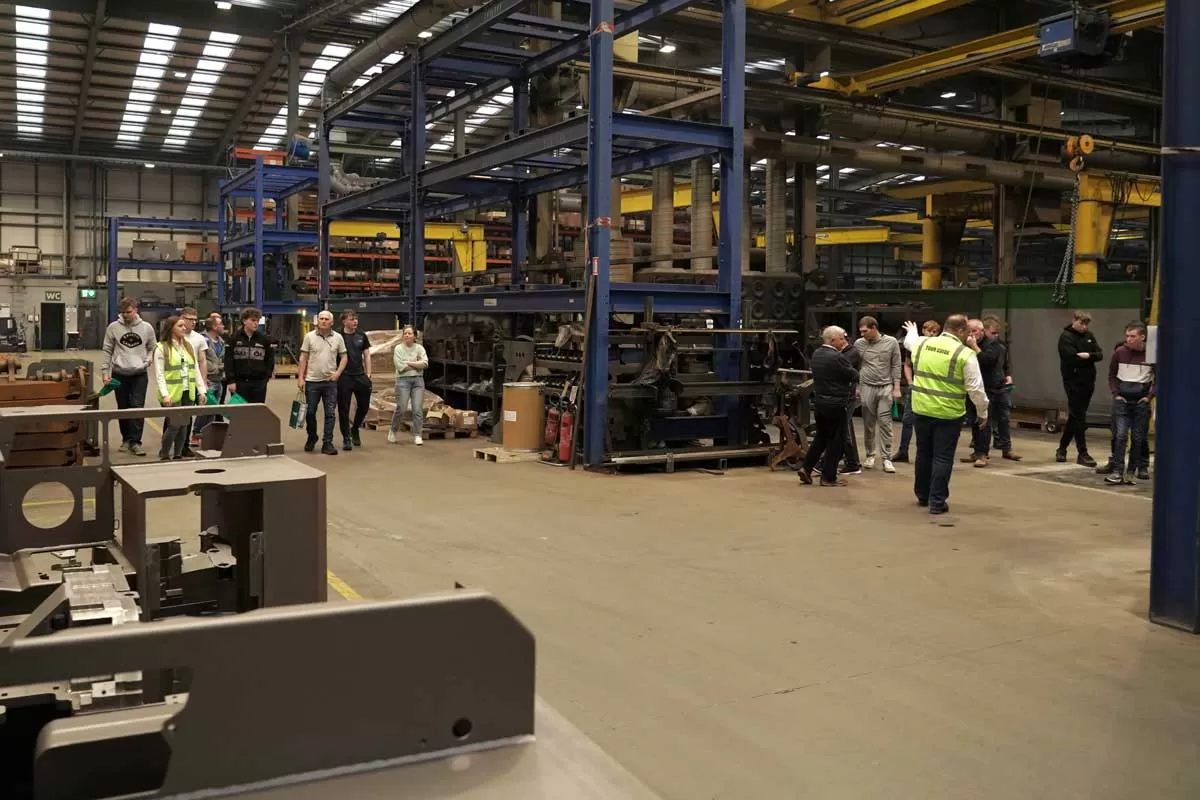Recommendations for the tiles, ceramics, sanitaryware industry

Union Properties Reports 18.2% Revenue Growth Q1 2025 Results
Union Properties PJSC announced its financial results for the first quarter of 2025, reporting a strong start to the year with 18.2% increase in revenue, reaching AED163 million compared with AED138 million in Q1 2024. This revenue growth is expected to continue, supported by strategic initiatives and project launches, with significant increases anticipated each quarter. This solid performance underscores the Company’s continued focus on its core operations and the positive contributions of its high-performing subsidiaries across the UAE’s Real Estate sector. Gross profit increased to..

World Cement Association's Comment on Linking UK and EU carbon markets
Fabien Charbonnel, Director at the World Cement Association (WCA) and Directeur Général, Cem’In’Eu comments, “I believe a unified carbon market reduces the risk of competitive distortion and encourages fairer competition across borders. Consistent carbon pricing mechanisms promote efficiency and provide clarity for businesses operating internationally. For UK-based cement producers, alignment could remove disadvantages when exporting to the EU if UK carbon prices exceed those in Europe. However, it is worth noting that EU producers exporting to the UK would similarly benefit from great..

Combilift and CMETB Celebrate 10 Years of OEM Engineering Traineeship
This week saw a landmark celebration at Combilift’s global headquarters in Monaghan, marking the 10th anniversary of the highly successful OEM Engineering Traineeship—a collaborative initiative between Combilift and the Cavan and Monaghan Education and Training Board (CMETB). The event, which welcomed past graduates, current trainees and local educators, underscored the programme’s evolution from a local skills initiative to a cornerstone of regional industrial development.Launched in 2015, the OEM Engineering Traineeship was born from a shared vision to tackle the skills gap in engineer..














